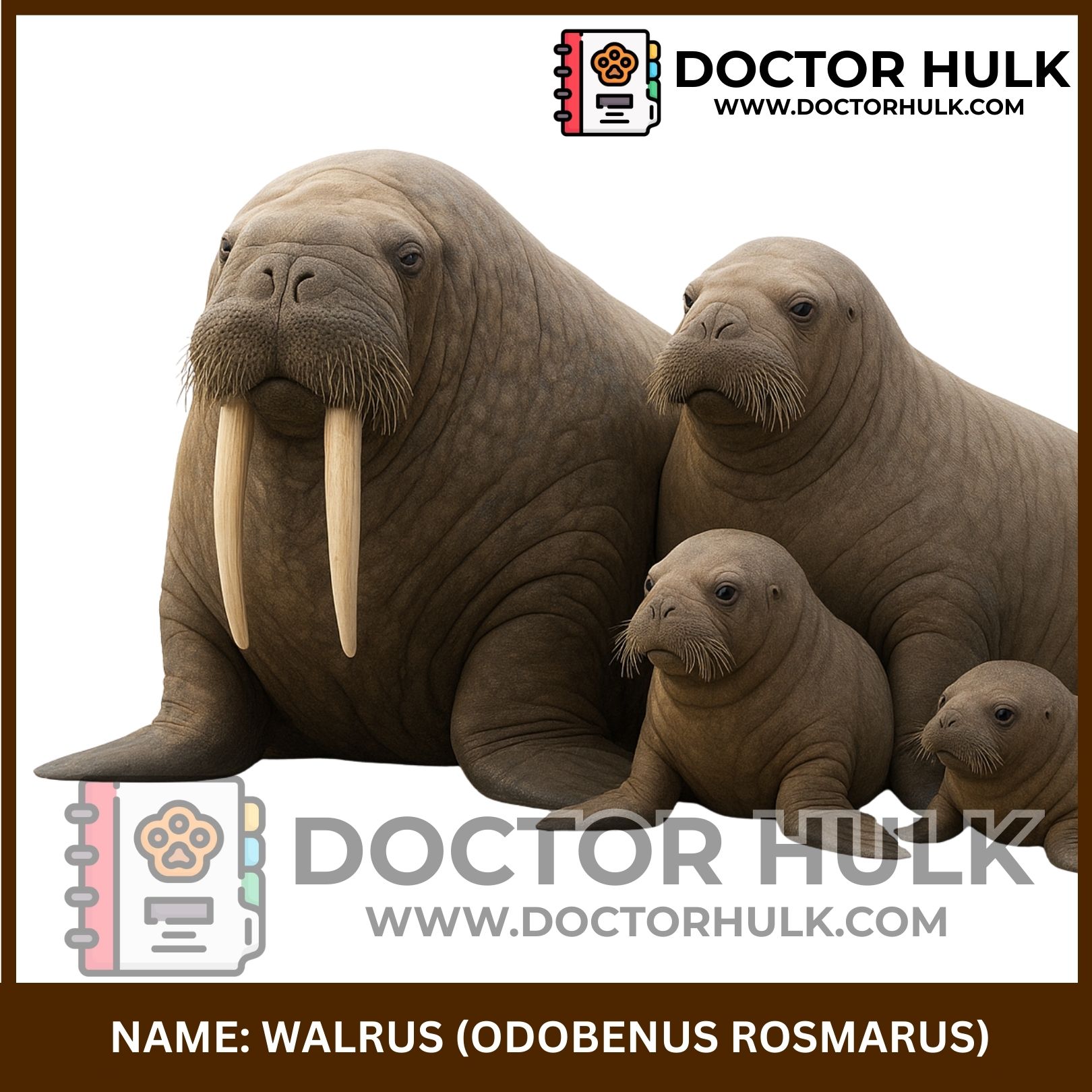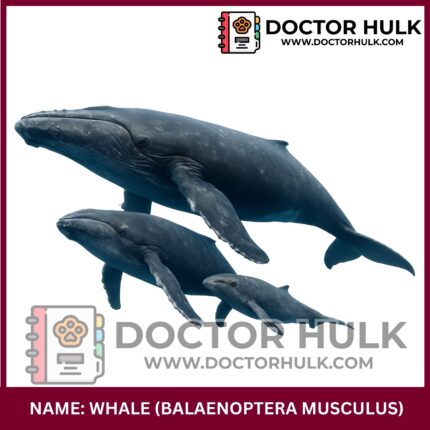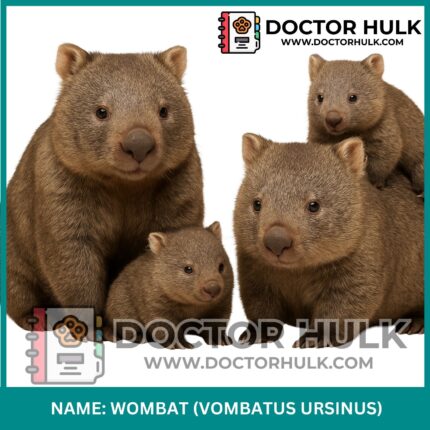A walrus is a large, chunky marine mammal that spends a lot of time on the shore or in shallow waters. It has a thick layer of blubber to keep warm in cold ocean waters. Walruses are most famous for their long, tusk-like teeth that stick out from their upper jaw, which they use to haul themselves up onto ice floes or land. They also have a wrinkly, tough skin and whiskers that help them sense things underwater.
Their bodies are big and barrel-shaped, with short flippers that help them swim, but they move slowly on land. Walruses are social animals and like to hang out in large groups. They mostly eat clams, snails, and other bottom-dwelling creatures they find by diving into the ocean. They are pretty peaceful, although they can get aggressive if they feel threatened.
Scientific Classification
-
Kingdom: Animalia
-
Phylum: Chordata
-
Class: Mammalia
-
Order: Carnivora
-
Family: Odobenidae
-
Genus and Species: Odobenus rosmarus
Walruses are the only living species in their family, making them very special in the animal kingdom.
Common Names
-
English: Walrus
-
In Inuit: Aiviq
-
In Russian: Morzh
-
In Yoruba: Eja agbọn (blubbery fish – though it’s a mammal!)
-
In Hausa: Kifi mai hakora (fish with tusks)
Geographic Distribution
Walruses live in the cold waters of the Arctic Ocean and nearby seas, especially:
-
Canada
-
Alaska (USA)
-
Russia
-
Greenland
-
Norway (Svalbard)
They spend much of their time on ice floes or rocky beaches near shallow coastal waters.
Physical Characteristics
-
Size:
-
Males: Up to 3.6 meters long, 1,000–1,500 kg
-
Females: Slightly smaller
-
-
Skin: Wrinkled, thick, and pinkish or brown
-
Blubber: Up to 15 cm thick — for insulation and energy
-
Tusks: Long, curved canine teeth in both males and females
-
Whiskers: Called vibrissae, used to feel food on the ocean floor
 Image showing a group of walruses lounging on Arctic ice, tusks visible (Source: StockCake)
Image showing a group of walruses lounging on Arctic ice, tusks visible (Source: StockCake)
Species of Walrus
There are two main subspecies of walrus:
1. Atlantic Walrus (Odobenus rosmarus rosmarus)
-
Found in the North Atlantic
-
Slightly smaller than Pacific walrus
-
Populations are smaller and more scattered
 Image showing an atlantic walrus on a snowy beach (Source: National Geographic)
Image showing an atlantic walrus on a snowy beach (Source: National Geographic)
2. Pacific Walrus (Odobenus rosmarus divergens)
-
Found near Alaska and eastern Russia
-
Larger body and longer tusks
-
More numerous and often seen in huge herds
 Image showing a pacific walruse on ice (Source: StockCake)
Image showing a pacific walruse on ice (Source: StockCake)
Diet and Feeding
Walruses are bottom feeders, using their sensitive whiskers to find food in the muddy seafloor.
What they eat:
-
Clams
-
Mussels
-
Worms
-
Crustaceans
-
Sea cucumbers
They suck the soft parts out of shells using powerful mouth muscles, sometimes leaving the shell behind untouched!
Social Life
-
Walruses are very social and gather in large herds of hundreds or thousands
-
They bellow, grunt, and roar to communicate
-
Males compete for mates with loud calls and tusk displays
-
Mothers are very caring, calves stay with them for up to 2 years
Fun facts about Walruses
-
Their tusks can grow over 1 meter long and are used for defense, climbing onto ice, and social rank
-
Despite their size, walruses can swim gracefully and hold their breath for up to 30 minutes
-
They can sleep in the water, using inflatable throat sacs to float
-
Their thick skin and blubber protect them from Arctic cold and predators
Predators and Threats
-
Polar bears and killer whales sometimes attack calves
-
Humans hunted walruses for tusks, meat, and blubber in the past
-
Climate change is the biggest modern threat, as sea ice melts, walruses lose their resting and birthing platforms
-
Oil drilling and shipping noise also disrupt their feeding grounds
Conservation Status
-
IUCN Status: Vulnerable
-
Protected under laws in many Arctic countries
-
Indigenous communities may hunt walruses under traditional rights, but sustainable management is key
-
Conservationists are working to protect ice habitats and regulate ship traffic
Walrus vs Seal
| Feature | Walrus | Seal |
|---|---|---|
| Tusks | Long tusks in both sexes | No tusks |
| Size | Much larger | Smaller |
| Movement on Land | Can walk on all fours (rotates flippers) | Moves by wriggling belly |
| Habitat | Arctic regions | Arctic to tropical regions |
| Social Life | Huge herds | Smaller groups or solitary |
For animal education or marine rescue advice, you can reach out to us at Doctor Hulk Veterinary Hospital, or call us through 08143397614.













Reviews
There are no reviews yet.